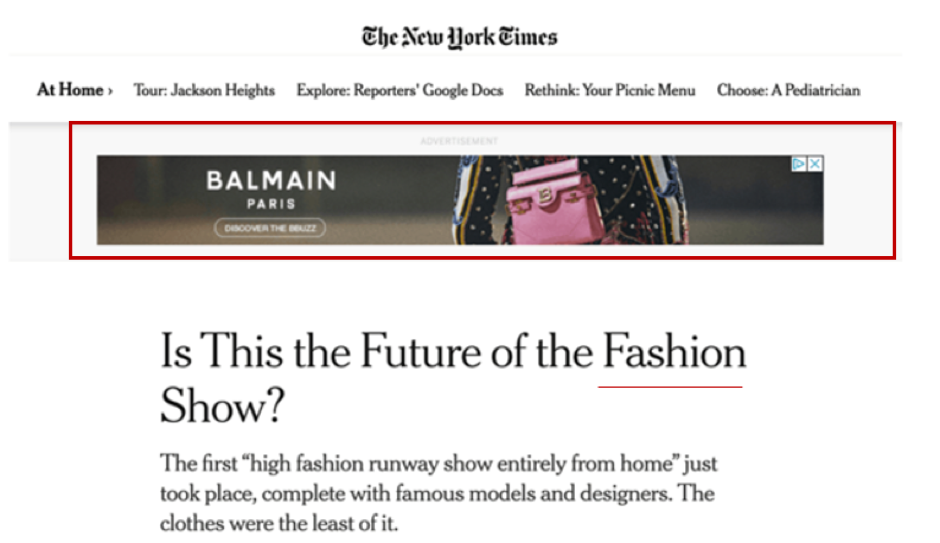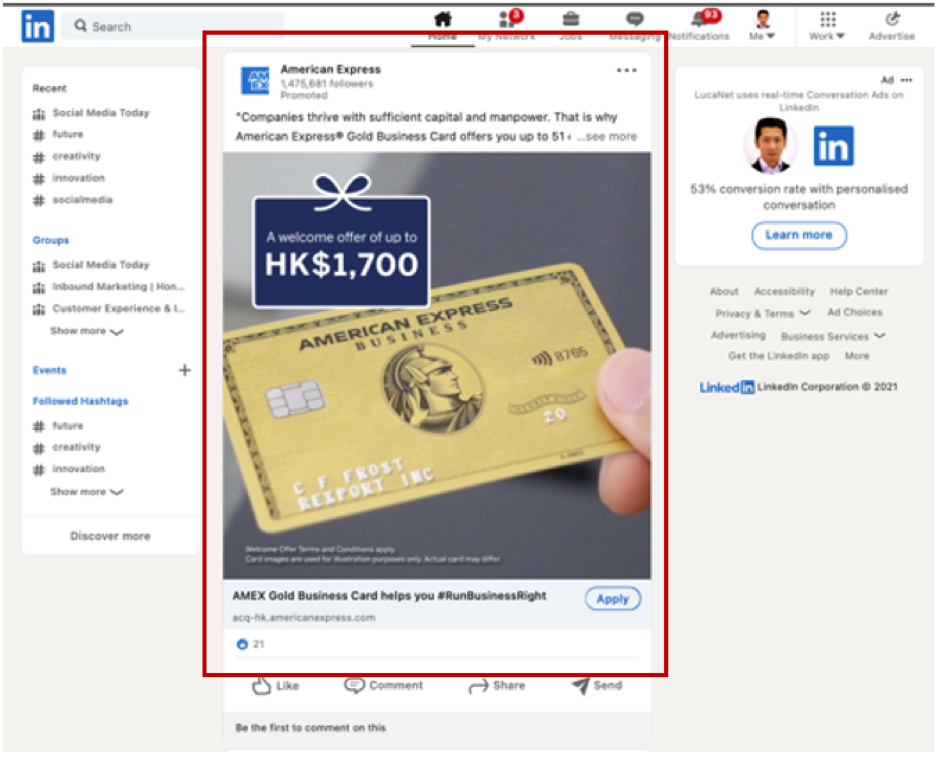Google announced in June 2021 that it was pushing back the timeline to block third-party tracking cookies from 2022 to 2023, allowing more time for the digital advertising industry to strategize and make privacy-focused plans.
Cookies are small pieces of data created by websites that users visit. They can be used to track user activity across different sites for ad targeting and track ad performance. The demise of third-party cookie has led to advertisers and marketers looking for other ways to track users.
Cookie-based programmatic advertising accounts for 90% of digital media, and Google will need to progressively update the Chrome versions in the market. Consequently, the profiles created by these cookies will become less accurate, and your programmatic advertising campaigns will inevitably become less effective.
Data management platform (DMP) vendors may therefore need to invest in technology advancements to adapt to new changes. The higher cost of programmatic advertising will likely increase your marketing budget and affect your overall ROI. To handle secure cookie sharing between sites, DMP vendors will need to collaborate closely with Google before the 2023 deadline.
MARKETERS, YOU’VE TIME TO PREPARE
- Since only secure cookies can be shared between sites, shift your focus to owned data sources. This includes first party data, which is information collected directly from website visitors. There are many leads capture strategies but they usually involve having a web form to capture the leads profile through free samples giveaway, contests & lucky draws or social media games.

- Build a robust CRM database for Business Intelligence (BI) and data analysis. Discover undetected insights with powerful BI tools and use analytical insights to create detailed personas for marketing.
- Based on keyword targeting, run ads on websites that are relevant to the publisher’s content. Consider direct B2B publisher advertising—buying ads directly from trade publications gives you access to first party data and sometimes also includes their email database, which broadens your target audience. An example below shows Instarem, a financial services brand, has a display ad appearing in a publication where the keyword “finance” is in the headline of the related article.

Another keyword targeting example shows luxury brand Pierre Balmain’s banner ad appearing in New York Times with a keyword “fashion” appearing in the headlines of the article.

- Harness the power and reach of B2B social media advertising by using ad targeting tools on established social media platforms including Facebook, Instagram, and LinkedIn.

- Using IP targeting or geo-targeting is also a great way to deliver online display adverts to people who in specific locations relevant to your campaign.Burger King Germany launched the #EscapeTheClown campaign, targeting McDonald’s customers through geo-targeting – customers at McDonald’s outlets received a message to download Burger King’s mobile app and search for a movie review of It Chapter Two (a scary clown movie) in McDonald’s magazine.Once customers scanned the article with the Burger King app, an ‘Escape the Clown’ button appeared on their mobile screens – the button launched a red balloon with a coupon for a 1-cent Whopper to “escape the clown”.




